As individuals, we all share a innate desire to personalize our spaces, to imbue them with a reflection of our tastes, our personalities and our experiences. Decoration items, integral to refining our interior spaces, transform houses into homes, offices into inviting workspaces, and hotels into comforting havens. This article offers an in-depth exploration into the world of decoration items, opening a window into their types, origins, use, and the materials from which they are made. It also highlights the psychological sway of certain items on our overall mood and environment.
Further, we delve into the pivotal role decor plays in tailoring different interior environments, underlining the important aspects of balance, color coordination, pattern mixing, and theme establishment necessary for the space to resonate with its intended purpose and maintain spatial harmony. Moreover, in an ever-changing world, staying in tune with current trends is vital. Thus, we discuss the latest in decor styles, colors, materials, and pay heed to the factors influencing these trends.
Understanding Decoration Items
Types of Decoration Items
Decoration items can be broadly categorized into various types, depending on their functional use and positioning within a home. Wall decorations, such as mirrors, paintings, and shelves, are aimed at enhancing the aesthetics of the home’s interior walls. Lighting fixtures, such as lamps, chandeliers, and sconces, create a specific ambiance in the desired spaces, while window treatments, including curtains and blinds, offer both practicality and style. Area rugs and carpets provide warmth and comfort to the floors, while furniture items contribute to the functionality and design of a room. Decorative accessories, such as vases, antiques, sculptures, and table decor, add final touches to the interior design.
Uses of Decoration Items
Decoration items serve the twin purposes of functionality and aesthetics. For instance, a well-placed mirror can both beautify a wall and create an illusion of space. A strategically placed lamp can provide practical illumination and play a significant role in setting the room’s mood. Similarly, well-chosen curtains can manage light in a room, while adding a pleasing splash of color and pattern. A statement piece of furniture, such as a stylish sofa or an antique chair, serves the purpose of seating and acts as a conversation starter.
Origins and Material Make up of Decoration Items
Decoration items have a rich and varied history, with origins tracing back to ancient civilizations. Egypt, Rome, and Greece are notable for their contribution to furniture, sculpture, and pottery, still visible in certain iconic pieces today. Meanwhile, China and Japan have significantly influenced ceramics, ink painting, and the art of bonsai. Depending on their origins and design, decoration items can be made of a variety of materials such as wood, glass, metal, ceramic, fabric, and much more. The choice of material often dictates the item’s durability, maintenance needs, appearance, and cost.
Significance of Decoration Items in Interior Design
Decoration items are key elements in interior design. They not only bring color, texture, and energy into a room, but also help set a room’s theme, mood, and narrative. A sleek, minimalistic desk paired with a modern lamp could set a contemporary feel, while a vintage mirror or an antique table decor could evoke a feel of classic elegance. Furniture, colors, materials, and arrangements all come together to shape a home’s overall aesthetic, reflecting the personal tastes and lifestyles of those who live in it.
The Psychological Impact of Decorative Items
The items we choose to decorate our spaces with can deeply influence our psychology. For instance, color is a particularly powerful determinant; warm hues like reds and yellows stir energy and excitement, whereas cool shades like blues and greens promote a calm atmosphere. Incorporating plants and natural elements in our decor contributes to feelings of relaxation and well-being. Further, personal touches like artwork, family photos, or mementos can draw out positive emotions and pleasant memories. Conversely, a cluttered environment can induce stress and anxiety. As such, our mood, productivity, and overall wellness can be significantly enhanced by carefully considered decoration and organization of our spaces.
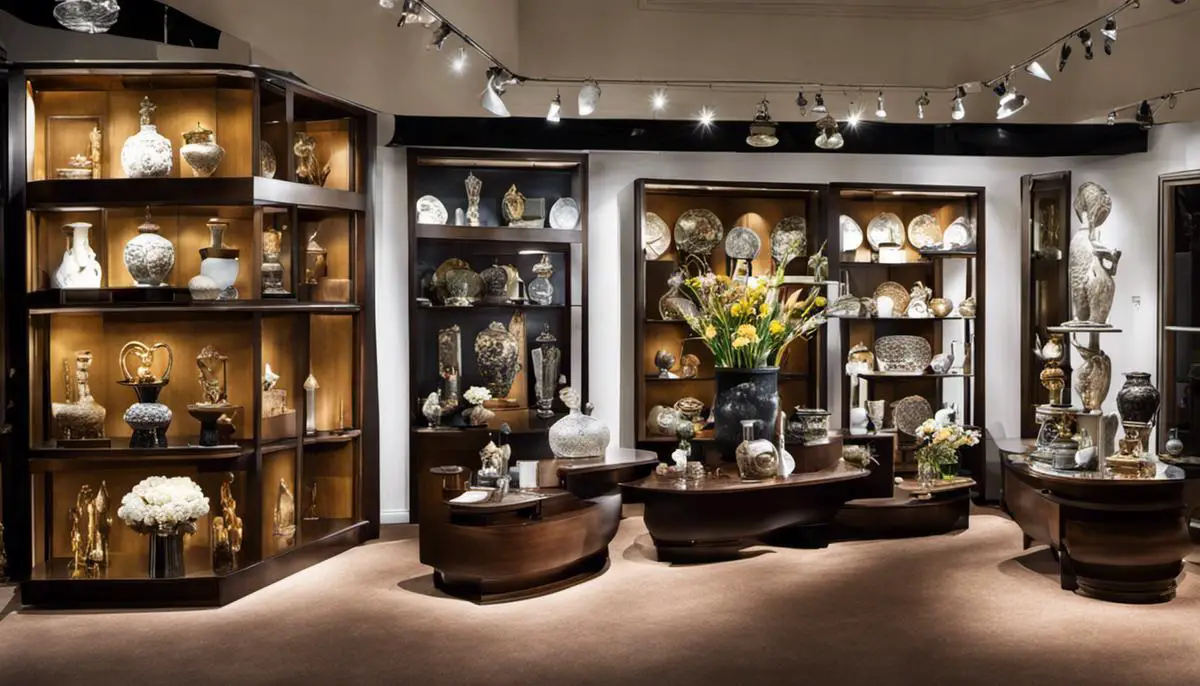
The Role of Decoration Items in Styling Interior Spaces
Proper Utilization of Decorative Items in Homes
Home decoration with various decor items should consider key principles such as balance, color schemes, pattern coordination, and thematic aptitude. Balance, for instance, can be created using a large sofa at one end of a room, with a pair of chairs on the other end to establish equilibrium. This is an illustration of a symmetrical balance. An asymmetrical balance provides a more vibrant layout where balance comes not from identical items, but from a careful mix of colors, textures, or shapes.
Color schemes hold a central role in determining both mood and the aesthetic finish of a space. Using a monochromatic color scheme can mean using decor items in different hues of the same color. Alternatively, an analogous color scheme allows for a little more diversity, involving neighboring colors on the color wheel. Then there’s the complementary color scheme which uses opposite colors on the color wheel, offering high contrast and making your space pop.
Styling Office Spaces
Office spaces require a different approach. The decor items chosen should inspire productivity, innovation, and collaboration. The key is to aim to create a balance between professionalism and creativity. An example could be a large communal table in the center of the workspace to induce teamwork, combined with more private, quiet areas for focused work.
The color scheme for office spaces should also revolve around promoting a productive work environment. Cooler shades like blue and green can help to reduce stress, while brighter colors like red and yellow can inspire creativity and energy.
Adorning Hotels with Decoration Items
Hotels, on the other hand, demand an entirely different approach to decorative items. Upholding a hotel’s brand image and creating a welcoming, luxurious environment is crucial. Hotel decor may usually follow a theme associated with its location or its historic or cultural context.
In terms of balance, ornate furniture might be counterbalanced with muted color schemes. This ensures that the space does not appear too overwhelming. An art piece or a distinctive sculpture can act as a focal point around which other decoration items can be arranged.
Relevance to the Space’s Purpose
In all spaces, the purpose of the space should be the main determining factor for the choice of decor items. For a kitchen, a set of vintage utensils might be an apt decor over a fireplace. For a kid’s room, a vibrant, playful theme with related decor can be used.
Spatial Harmony
Creating spatial harmony with decoration items is crucial. It involves placing items in a way that creates a sense of unity, continuity, and completeness. Each piece should appear to be in its rightful place and there should be a smooth transition when moving from one area of the room to another. A good trick to achieve this is to use rugs to define distinct areas within a large space.
Final Considerations
Let’s not forget, albeit there being a myriad of rules to guide your decoration decisions, they’re meant to be flexible. Your personal style and comfort level should be the indicators leading the way. It’s the essence of you and your life that should resonate throughout your space, creating an ingrained sense of authenticity.

Photo by markusspiske on Unsplash
Decoration Items and Current Trends
Exploring Current Decor Market Trends
The dynamic world of home decor never fails to introduce innovative trends and styles, appealing to a wide scope of aesthetic preferences. Nowadays, the spotlight is fixed on elements derived from nature, and sustaining a harmonious balance with the environment. Rattan, bamboo, and recycled textiles embody this principle, and their adaptable characteristics make them a favored choice amongst interior designers.
Additionally, raw wooden furniture with limited embellishments provides an unmatched vintage appeal to any space. Conversely, the modernity of mid-century and Scandinavian design-inspired furniture presents a crisp and minimalist perspective. These contrasting styles aren’t limiting, rather they offer a diverse palette to work with, which can effortlessly merge with other design trends.
Popular Colors in Home Decor
The color palette of decoration items is currently dominated by a mix of warm and cool tones. Earth tones such as terracotta, sage green, and dusty pink are especially trendy. These colors not only bring warmth and comfort to space but also pair well with a variety of other shades.
Neutral tones like grey and beige are also trending for their flexible ability to tie different elements together in a room. Bold, vibrant colors like jewel tones are used as accent colors in the form of throw pillows, rugs, vases, and other decoration items to inject a touch of personality and drama into the space.
Influence of Social Changes on Decor Trends
Social changes have a significant hand in shaping decor trends. With increasing awareness about environmental issues, sustainable and eco-friendly materials are prominently featured in home decor. Additionally, the ongoing pandemic has transformed homes into multifunctional spaces, giving rise to decor items that serve multiple purposes. For example, room dividing screens, ergonomic work-from-home furniture, and items that facilitate indoor gardening have become increasingly popular.
Environmental Factors Influencing Decor Trends
Climate change and other environmental considerations are also influencing the current decor trends. There is an increasing demand for energy-efficient and water-saving appliances and fixtures. Besides, people are looking for ways to bring the outdoors in. As a result, indoor planters, green walls, and other plant-associated decoration items are currently in vogue.
Moreover, the use of reclaimed materials, such as wood and metal, is gaining momentum in home decor due to growing concerns about resource depletion and landfill overflow. Buying vintage or second-hand furniture is another trend driven by these concerns, offering a sustainable way to decorate homes and reduce waste.
To sum up
Presently, the stylistic trends of decor items are largely determined by a mix of social and environmental influences, combining elements like organic materials, earthy pigments, and designs serving several functions. Furthermore, these trends are focused on sustainability. By staying updated with these developments and incorporating them into their homes, people can create living spaces that are not only chic but also mindful of their effect on the environment.
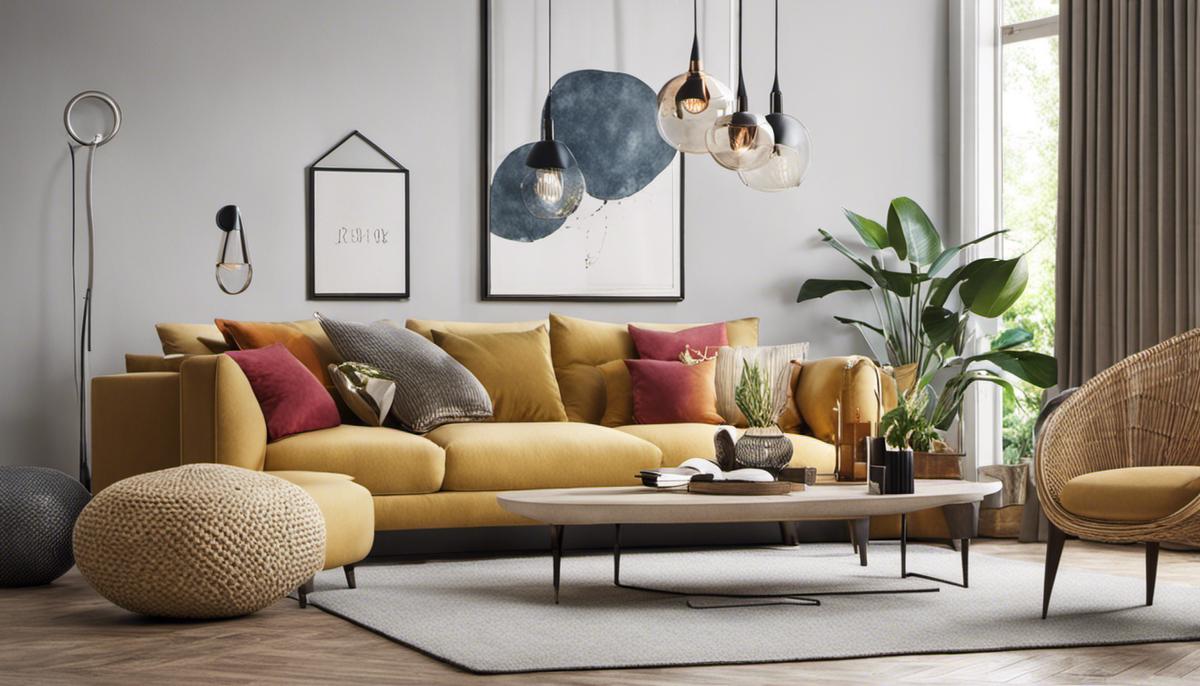
Sustainable and Eco-friendly Decoration Items
Grasping the Concept of Eco-Friendly Decor
Eco-friendly decor, also interchangeably termed as sustainable or environmentally friendly decor, is a buzzword in the field of interior design. It includes a broad spectrum of decoration items designed to minimize their potentially harmful impact on the environment while promoting sustainability and conservation. These decor pieces are typically made using renewable resources, using methods that are biodegradable and release fewer pollutants in the environment.
Sustainable, Recycled, and Upcycled Decoration Items
Eco-friendly decor comes in numerous forms, each unique and innovative in its eco-friendly approach. Sustainable decoration items are made from materials that can be easily renewed, like bamboo, cork, or certified sustainable wood. These materials are harvested in a way that does not deplete the natural resource, making it a sustainable option.
Recycled decor utilizes materials that have previously been in use, converting them into beautiful decorative elements. These could range from glass or metal pieces to reclaimed wood furniture. The manufacturing process of these items often requires significantly less energy compared to conventional products, thereby reducing carbon emissions.
Upcycled decoration items are another interesting category in the eco-friendly decor market. Upcycling is a creative process in which waste materials or unwanted items are transformed into new products of better quality or environmental value. This could involve converting an old ladder into a bookshelf, or using wine corks to make a bulletin board.
Contribution to Sustainability and Environmental Conservation
Choosing eco-friendly decor is a practical step towards promoting sustainability and environmental conservation. Each sustainable, recycled, or upcycled item used in place of a traditional decoration item reduces waste and the usage of new resources. This not only helps to conserve the world’s diminishing resources but also contributes to the reduction of carbon emissions, playing a part in the global fight against climate change.
Moreover, companies producing such eco-friendly products often adopt green practices throughout their manufacturing process, meaning that choosing these products supports businesses that are committed to environmental conservation.
Finally, using eco-friendly decor can help to enhance indoor air quality. Many traditional decor items contain volatile organic compounds (VOCs) that release harmful pollutants into the air over time. By contrast, eco-friendly decoration items are typically made from natural materials that do not contain these harmful substances, making them a safer choice for home interiors.
Green Consumer Choices
Beyond contributing to environmental conservation, the trend towards eco-friendly decor also signifies a shift in consumer behavior. More and more individuals are recognizing their role in environmental conservation and making conscious efforts to consider the ecological footprint of their consumer choices. By opting for sustainable, recycled, and upcycled decoration items, individuals can enjoy beautifully decorated spaces while also doing their part for the planet. This conscious consumerism is a powerful tool in driving industries towards more sustainable practices.
In a nutshell, when discussing environmentally conscious decor, we’re not only referring to pieces that add visual appeal to homes and commercial spaces, but also items that promote sustainable use of Earth’s resources. This blend of design innovation and ecological responsibility plays a pivotal role in the current trend in the decor industry.
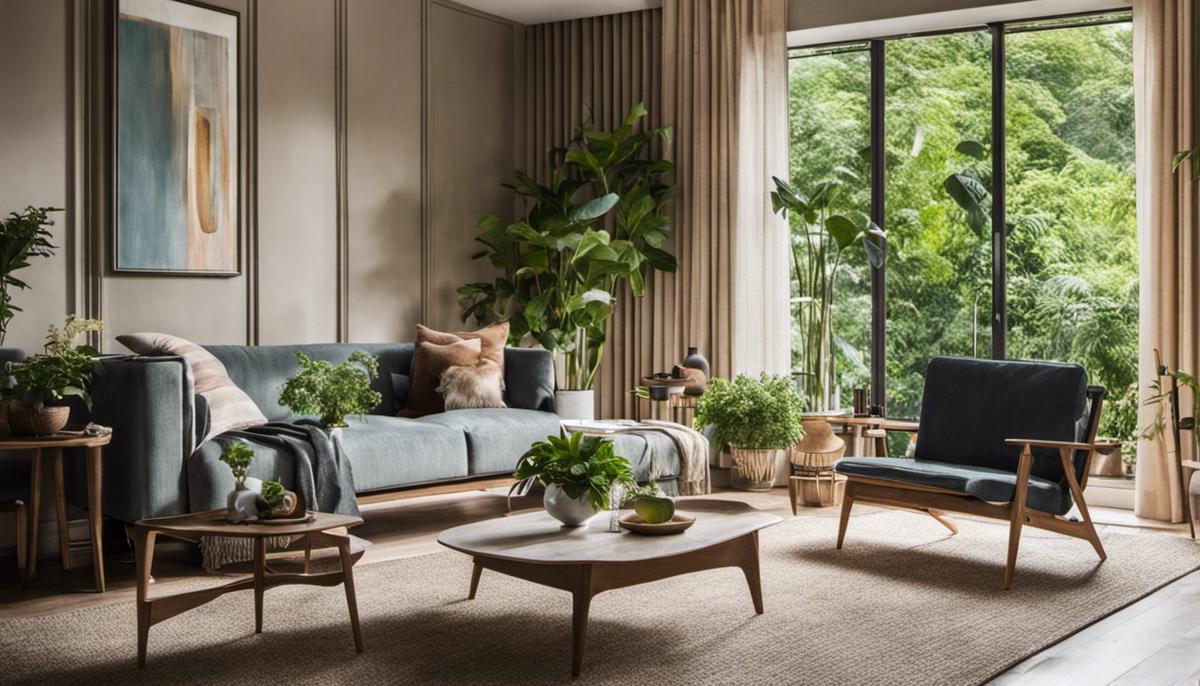
Buying Guide for Decoration Items
A Close Look at Quality in Decorative Items
In line with this, when you’re in the market for decorative pieces, it’s important to be discerning about the quality of the materials used. Decorative items crafted from high-grade resources not only bring richer aesthetics but also guarantee durability – a feature that can prove to be cost-effective in the long run. Let’s take, for example, a vase: a ceramic variant would generally exhibit better quality than its plastic equivalent. In trying to gauge quality, consider features like the item’s weight, finish, the quality of paint work, and how well it stays in one piece.
Consideration of Cost
The cost of decor pieces varies widely based on several factors including quality, design, brand, and materials used. Before purchasing any decoration item, it’s advisable to compare prices from different sources. Take into account that cheaper does not mean better, and at times, low cost can translate to low quality. However, be wary of overly expensive items too, unless the item is a unique piece or carries significant value.
Style and Personal Preference
Decorations items are essential fragments of your personal style and should be an expression of your taste and lifestyle. Choose items that blend seamlessly with your interior decor, or that bring needed contrast or interest. There are many styles to consider, such as classical, modern, rustic, eclectic, bohemian, coastal, and many others. Furthermore, consider the colors, patterns, prints, and textures that appeal to you and that complement your need.
Durability Aspects
Another important aspect to consider when purchasing decoration items is their durability, especially for high-traffic areas. Opt for items that are made from durable materials and a rigorous production process. For instance, avoid decorative items that are likely to fade, chip, get stained, or become obsolete quickly.
Maintenance of Decoration Items
Think about ease of cleaning and maintenance before deciding on a decorative item. Some materials are more demanding than others in terms of maintenance – glass, for instance, requires frequent dusting to maintain its luster. Metal might need polishing, while certain fabrics can collect dust and might need periodic washing. Consider if you’re ready for the upkeep the decoration item demands.
Sourcing Decoration Items
There are several places where you can source high-quality decor. Various online platforms, such as Overstock, WayFair, Amazon, and eBay, offer a vast range of decoration items that can be delivered straight to your doorstep. On the other hand, local physical stores, flea markets, antique malls, and estate sales are excellent venues for finding unique, high-quality pieces. Additionally, custom-made decor can be sought from local artisans and craftspeople, allowing you to support local talent and get unique items that reflect your style.
Ethically-Sourced and Eco-friendly Options
As an informed buyer, it’s worth considering the environmental and ethical impacts of your purchases. Search for decoration items made from sustainably sourced materials, recycled or upcycled items, and pieces made by businesses that respect fair trade principles and offer good working conditions for their employees.
In conclusion
Buying decoration items involves a careful evaluation of factors such as quality, cost, style, durability, maintenance, and sourcing. It’s also important to consider environmentally friendly and ethically sourced options. By considering these factors, you’ll be better positioned to make informed buying decisions that reflect well on your taste and values.

Understanding the significance of sustainability, our discussion extends to touch upon eco-friendly and durable decoration items. We underpin the focus on sustainability in decor, and how opting for environmentally friendly items contributes to the broader picture of environmental conservation. Finally, as a cherry on top, we offer a detailed buying guide to aid enthusiasts and amateur decorators in purchasing decoration items. We consider various aspects such as quality, cost, durability, maintenance, style and sourcing of these items. Owning the right decoration items contributes immensely into making a space truly yours, and with this comprehensive guide, we hope to have made that task a little bit easier for you.

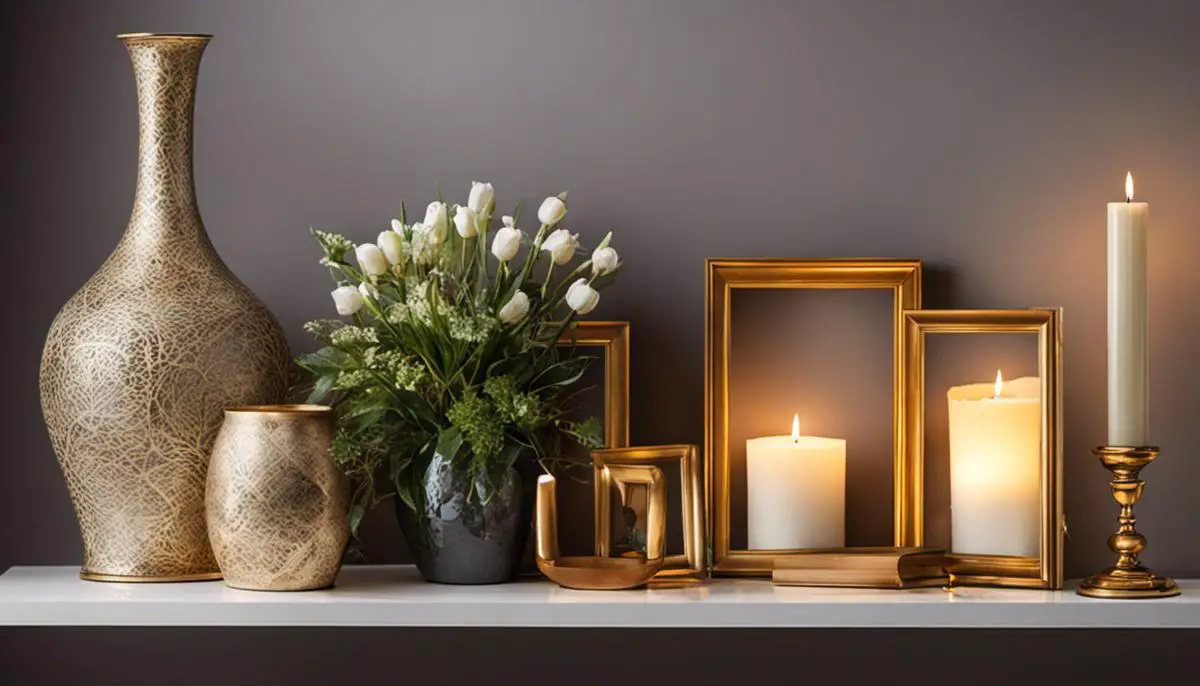

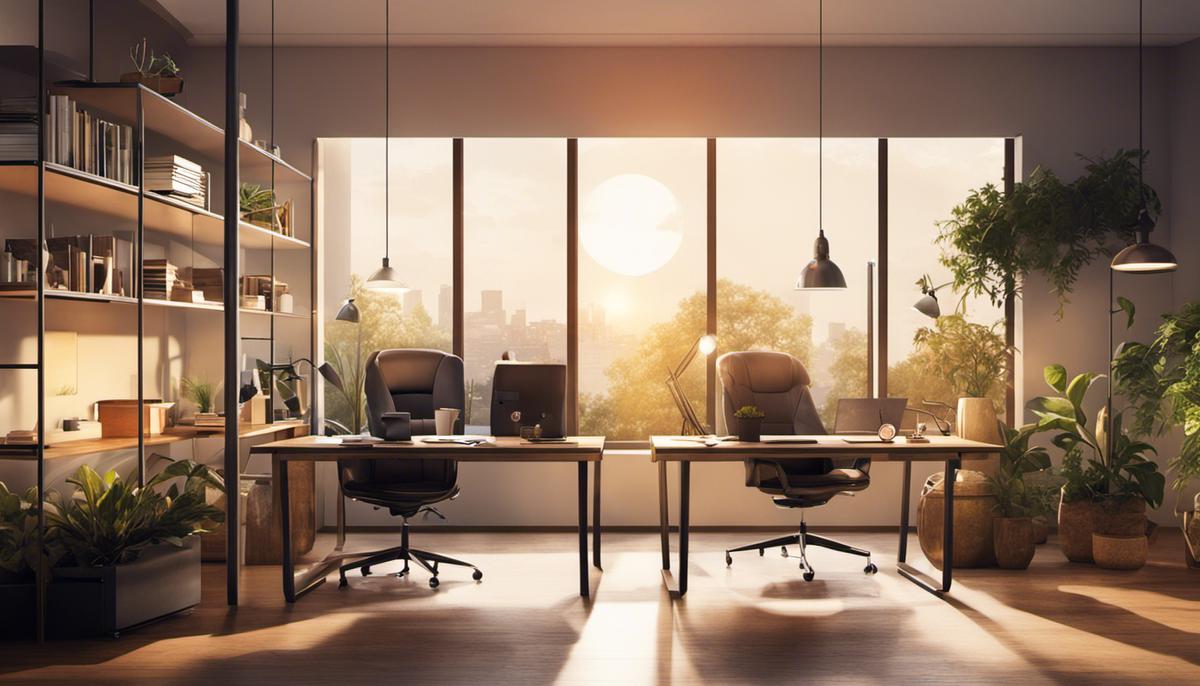
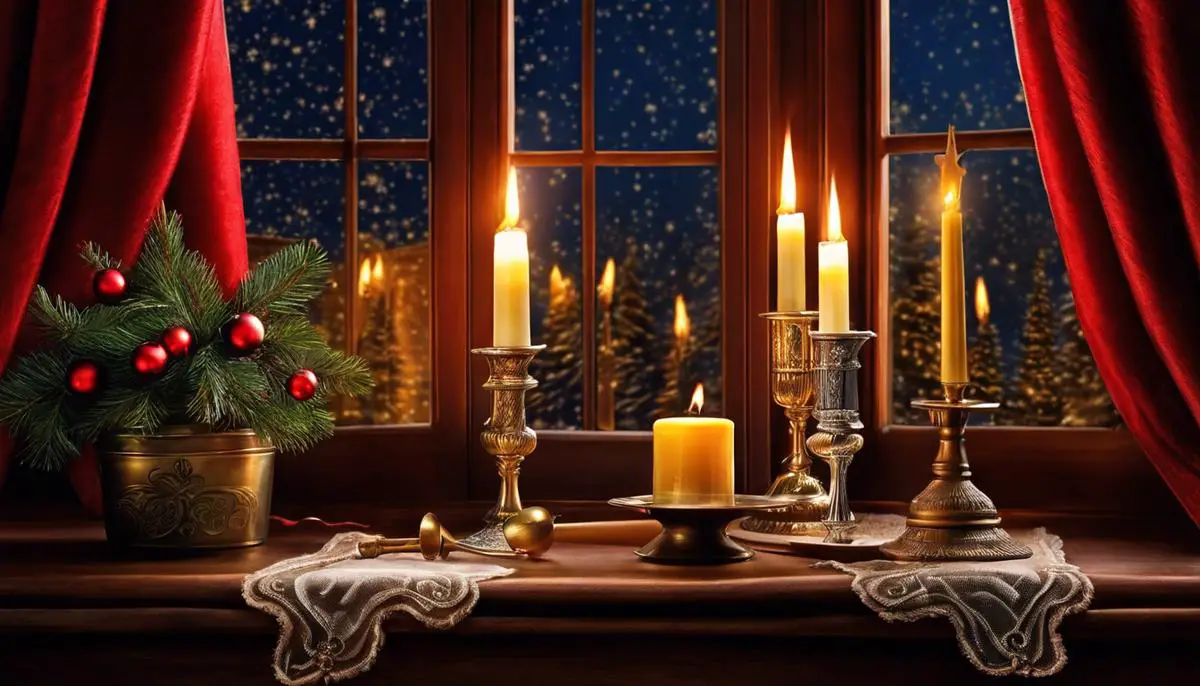
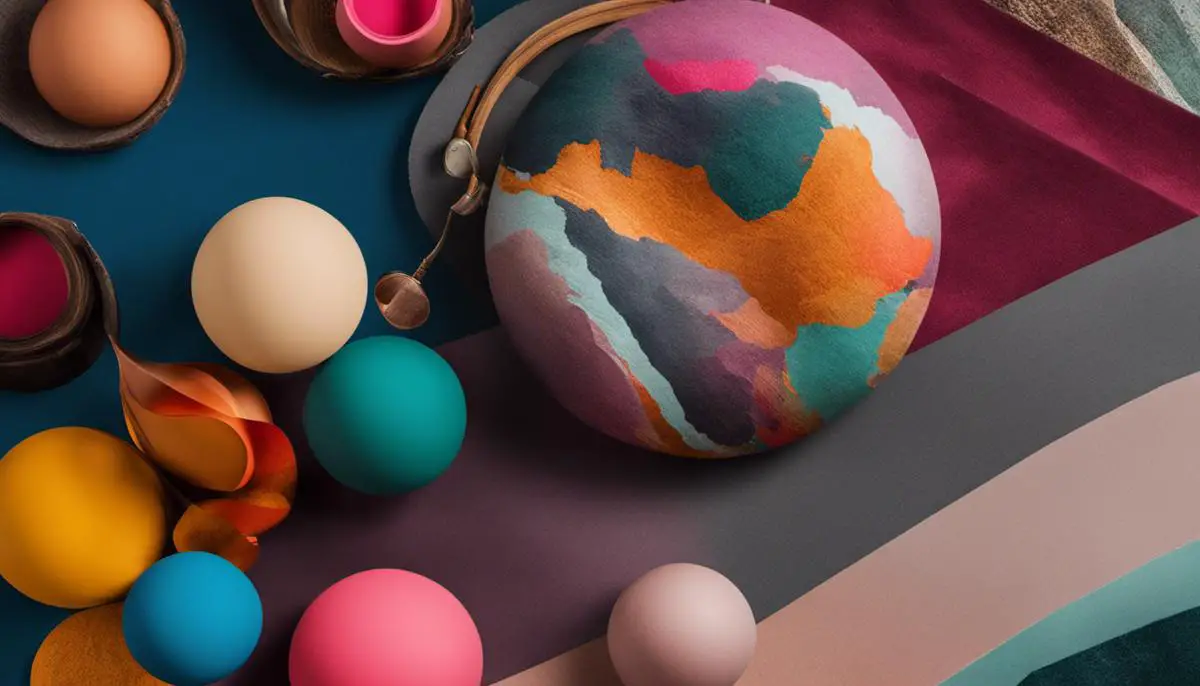
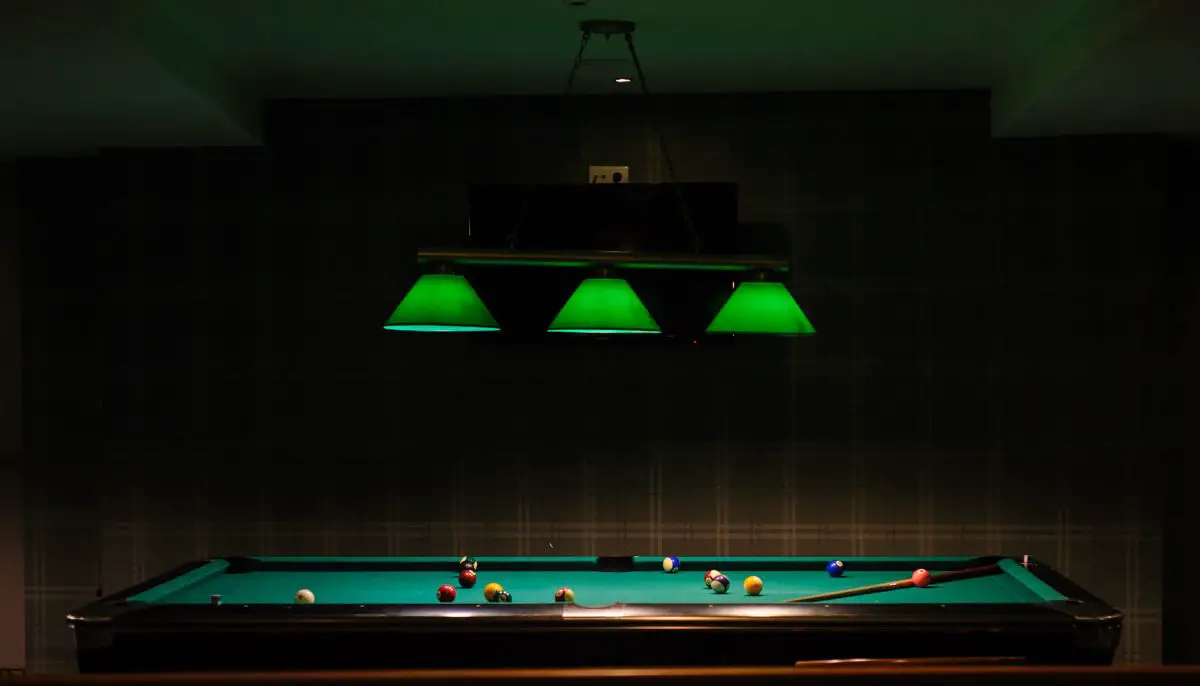
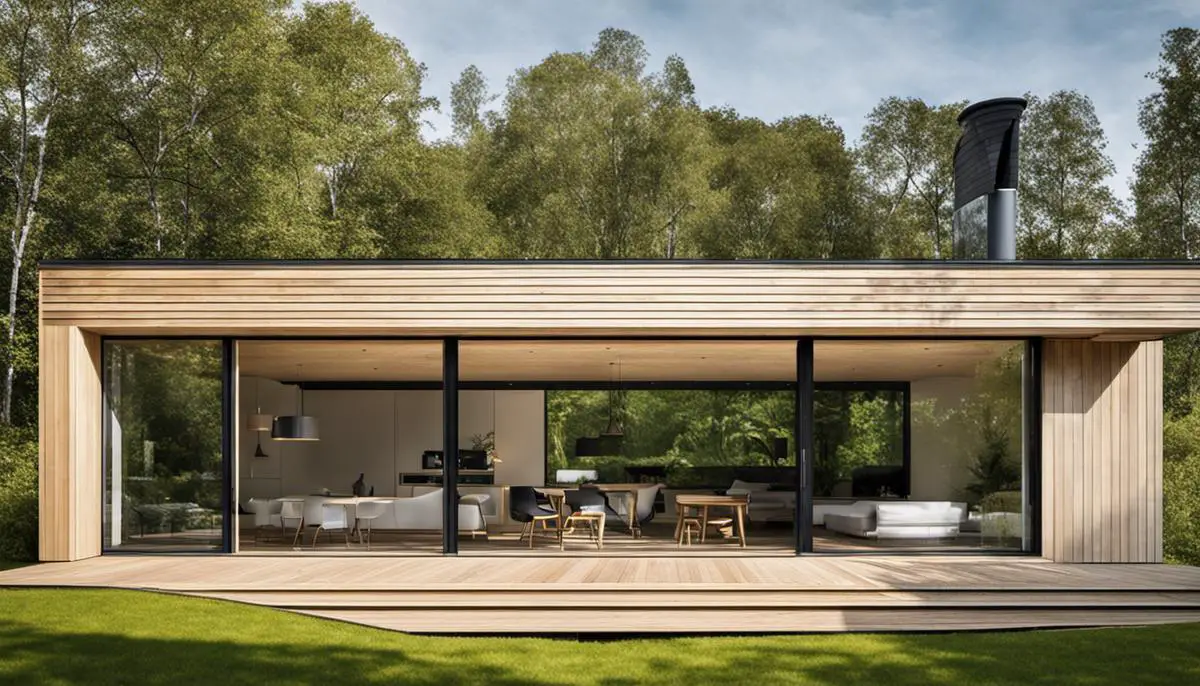
Leave a Reply